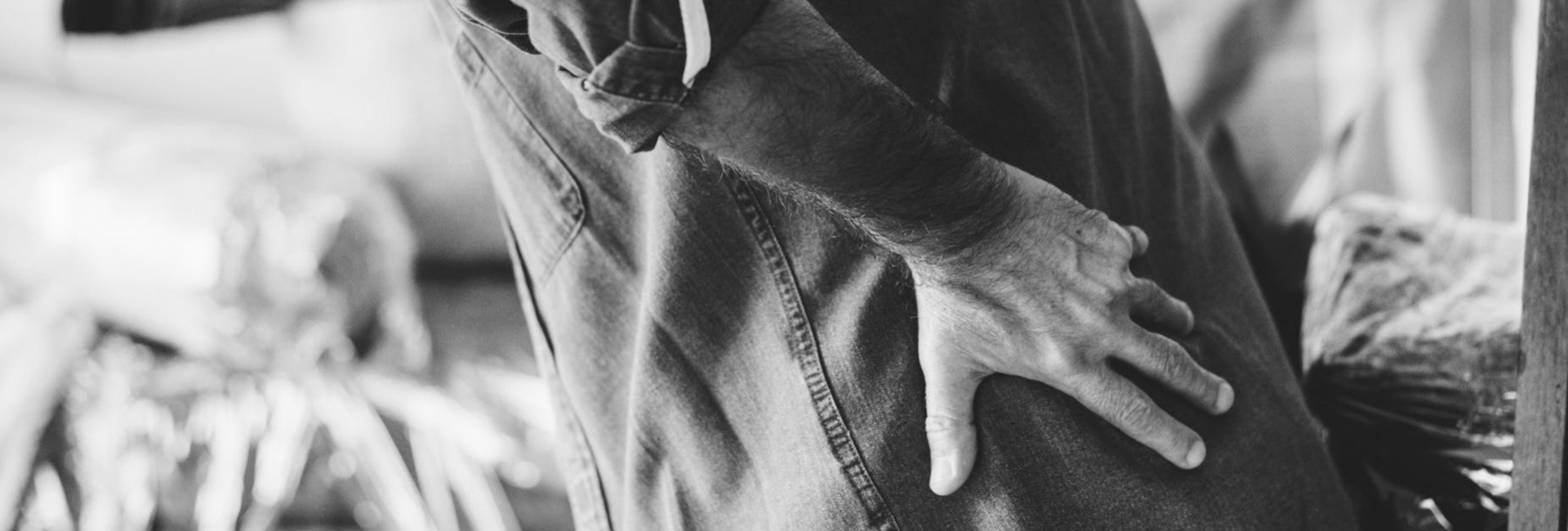The strength of your bones may be declining faster than you think…
You may be surprised just at what age your body starts to lose bone strength and density. Slowing the process down can mean a healthy future for your joints.
Our skeletal system or bone system is key to long term health. It plays a key function in cell growth, allows our muscles and soft tissue to work effectively and provides us with our own personal structure and shape. Bone content accounts for about 3-5% of total body weight in a human being. It has been suggested that genetic factors (those you were born with and cannot change, such as gender and race) may account for up to 75% of bone mass, and environmental factors (such as diet and exercise habits) account for the remaining 25 percent.
In your 20's, your bones are still growing. By age 30, you achieve peak bone mass, meaning your bones have reached their maximum strength and density. Men on average have a greater bone mass because of testosterone. Race also affects bone mass with African -Americans and Hispanics having a greater bone mass than Caucasians and Asians.
Commonly people think that bone density and strength is lost in the 5th to 6th decade of life, however from the age of 30-35 some people will start to lose bone density and strength. We can lose 0.3-0.5% of bone loss per year. Girls and boys and young adults who exercise regularly generally achieve greater peak bone mass than those who do not. Hence the reason to encourage activity in children.
Calcium and vitamin D deficiencies in young people can account for a significant difference in peak bone mass and can lead to conditions such as rickets. Loss of bone density accelerates in women after the menopause. Bone loss can increase 10-fold after menopause by 3-5% per year for several years. The onset of early menopause in women can lead to significant bone loss over the years.
What does this all mean?
Loss of bone strength and mass can have a significant impact on your long-term health. Conditions such as osteoporosis can affect people later in life. Something people do not think about until they have the condition and at that stage, slowing the loss of bone is much harder. Equally consider your risk of bone injury or fracture, the rate of healing and repair is prolonged. For example, let us take the spine, loss of bone density can increase the risk of compression fractures of the vertebra (backbones). This can ultimately cause deformity, loss of height, pain and stiffness.

